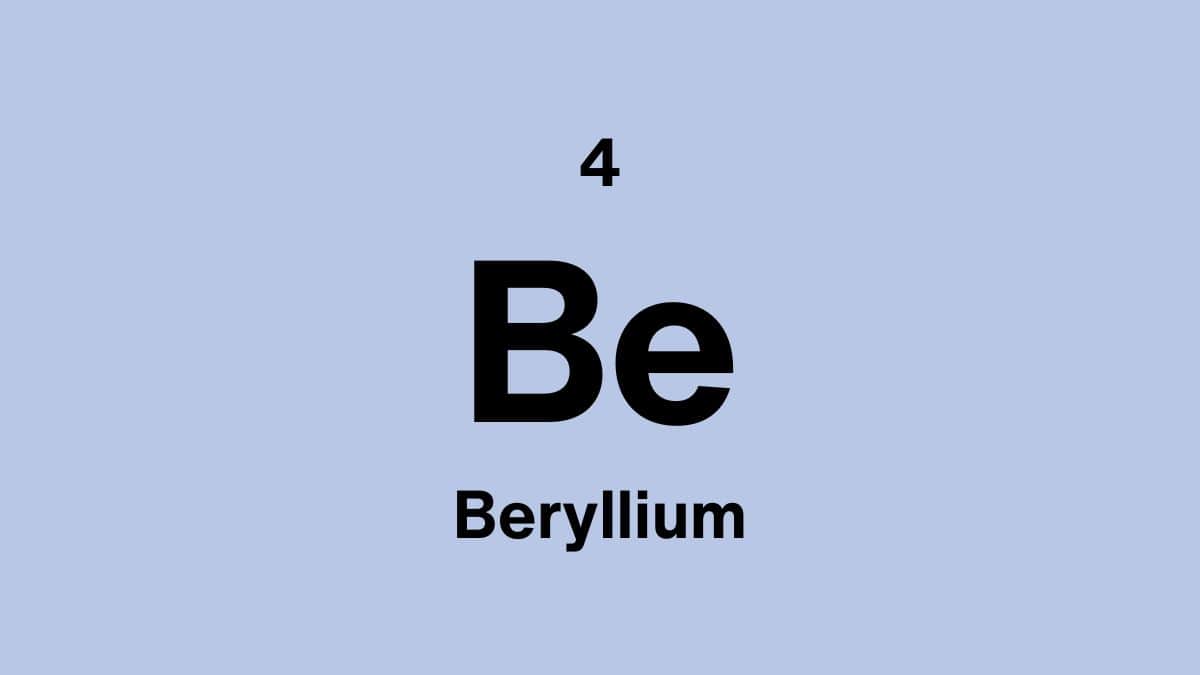What the heck is Boron. Can it cure arthritis and why are so many people using it as a supplement when it is potentially deadly?
Boron is the fifth element on the periodic table of elements and has many useful applications such as being a crucial constituent in eye drops, washing powders, and rocket fuel ignition, but some are using this element as supplements, despite clear warnings from experts.
Properties of the boron element
| Atomic Number: | 5 |
| Atomic Symbol: | B |
| Atomic Weight (amu): | 10.811 |
| Electronegativity: | 2.04 |
| Melting point: | 2077.00°C | 3770.60°F | 2350.15K |
| Boiling point: | 4000.00°C | 7232.00°F | 4273.15K |
What does boron look like?
Pure boron is a dark grey, almost black, amorphous powder. When burnt, it displays a green color giving flares their significant color.
What is boron used for?
Probably the coolest use for boron is its use as a rocket fuel igniter and in pyrotechnic fires such as fireworks, it also gives flares its distinct green color.
The boron-10 isotope is a good neutron absorber, which means it can be used to regulate nuclear reactors.
Limited research suggests that boron has anti-inflammatory properties that can help alleviate the symptoms of arthritis.
Some people also believe that boron supplements can increase your testosterone levels.
The food and Drug Administration (FDA) does not currently approve supplements, including boron, so quality may vary. It is estimated that about 2mg of boron is ingested daily through diet alone.
Uses for boron compounds
Boric acid, borax and boric oxide can be found in eye drops, mild antiseptics and washing powders.
Borax is used to make bleach and food preservatives.
Boric oxide is often used in borosilicate glass (Pyrex), which makes glass tough and heat resistant.
Disodium octaborate tetrahydrate is also a flame retardant.
Boron tribromide, BBr3, is a colorless, liquid compound containing boron and bromine and is used in organic synthesis, pharmaceutical manufacturing, image processing, semiconductor doping, semiconductor plasma etching, and photovoltaic manufacturing.
Boron Carbide is an extremely hard boron–carbon ceramic and covalent material used in tank armour, and bulletproof vests.
Where can boron be found?
The most significant source of boron is kernite, also known as rasorite, which can be found in the Mojave Desert in California, United States. Boron also occurs naturally as boric acid, also known as orthoboric acid, in some sources of volcanic spring water. It also occurs as borates (boron-oxygen compounds) in the minerals borax and colemanite. Turkey has many borax deposits.
Boron can also be found in seawater and river water and potential future extraction for the water can be further explored should the demand for the element rise significantly.
Is boron expensive?
Pure Boron is traded at 3.68 dollars per kilogram.
Are we running out of boron?
There is currently no indication that we are running out of boron, and the current demand for boron is at a level that does not pressure the need for exploration of more sources of boron other than in the United States and Turkey.
Can boron be recycled?
Boron waste can be reused as a strengthening element in concrete and bricks, but currently, there is no pressure to recycle the element since it is not of any harm to the environment when disposed of in a safe way and is also not high enough demand to make it economically feasible to recycle the element.
Who discovered the boron element?
Louis-Josef Gay-Lussac and Louis-Jacques Thénard working in Paris, and Sir Humphry Davy in London, all partially extracted boron by heating borax with potassium metal. These three men can all be credited for the discovery of the element, but they did not actually isolate the boron element.
In 1892 Henri Moissan produced a more pure form of boron than the previous scientists and finally in 1909, U.S. chemist Ezekiel Weintraub isolated 99% pure boron.
Is boron dangerous
Our bodies can be exposed to boron through food, water, soil, air and consumer products. The effect that boron has on human health depends on how you are exposed to it, how much boron is present in the exposure and for how long you are exposed.
Individuals who have been exposed to boron through particles in the air have reported irritation in the respiratory system, which did not last too long.
The ingestion of large amounts of boron (about 30g of boric acid) over short periods of time can affect the stomach, liver and brain and can eventually lead to death.
Interesting facts about boron
- Boron is an indispensable element in NIB magnets (Neodymium, Iron, Boron). NIB magnets are very powerful magnets invented in the early 1980s
- Pure boron can exist as a mixture of positive and negative boron ions.
- Boron is an essential nutrient for all green plants.
Funny boron Jokes, Puns and One-Liners
Have you seen the movie “The Fith Element”? It’s boron.
What do you call a stupid element? A boron
We compiled a list of the Top 50 Chemistry Jokes and Puns of all time!



